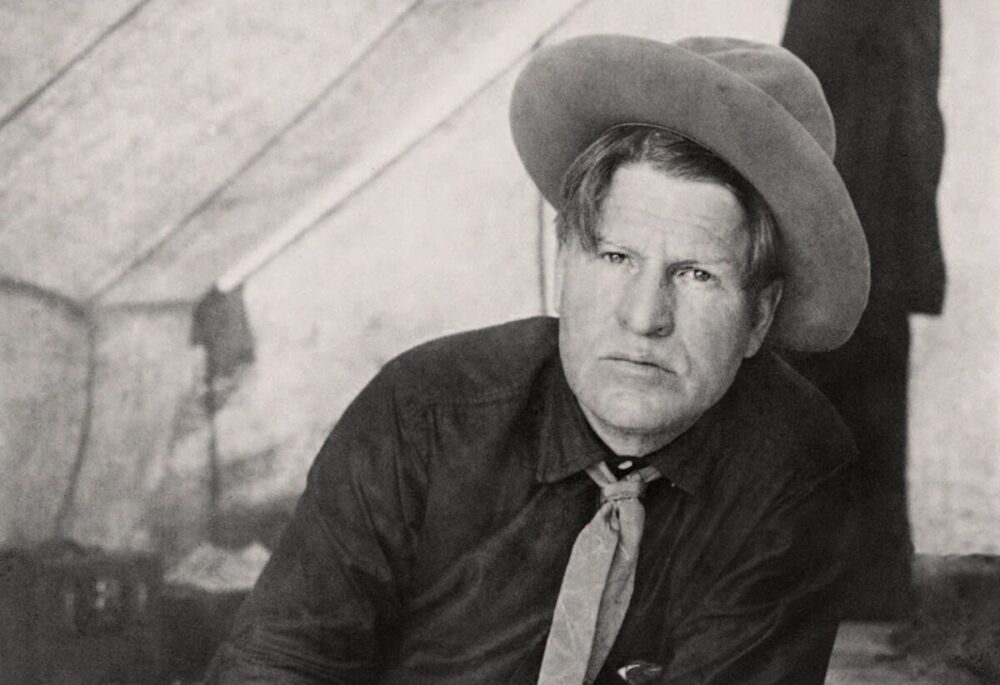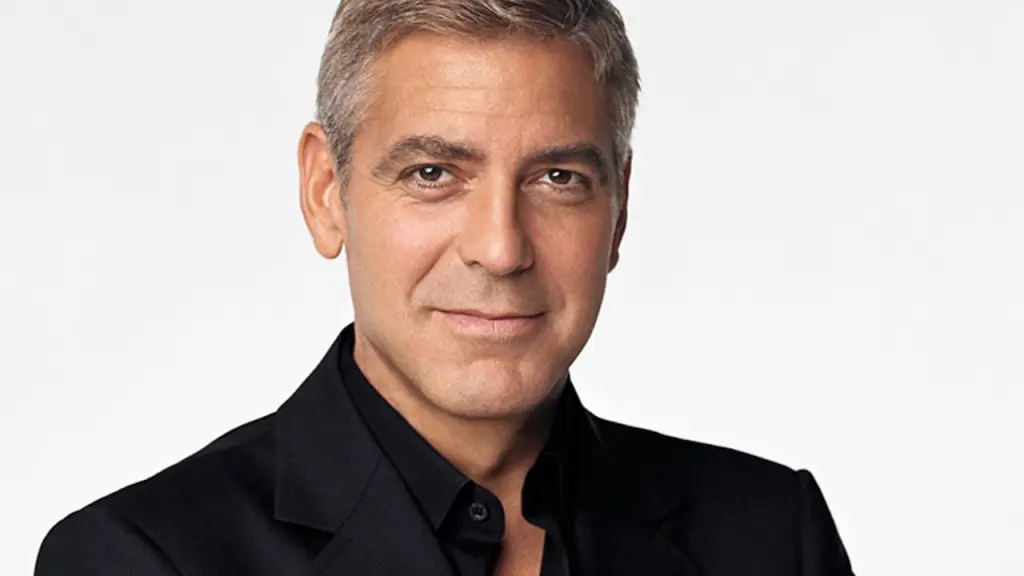Immortalized as America’s beloved cowboy artist, Charles Marion Russell donned numerous hats. He was a sculptor, author, storyteller, and, most importantly, a painter is known for magnificently capturing the heart and soul of the American West.
During his art career, Charles Russell has been credited with more than 4000 recorded works featuring paintings, sculptors, and writings. Grand landscapes, western narratives, indigenous culture, and majestic wildlife sceneries inspired the creations.
In today’s article, we will talk about the life and legend of Charles Marion Russel, America’s beloved Cowboy artist, and look into some of the most popular paintings by the artist.
Birth and Childhood
Known for greatly portraying the Old West, Charles Marion Russell was born on March 19, 1864, in St. Louis, Missouri, where he spent his childhood. Charles Russell’s family were prominent citizens of St. Louis and owned the Oakhill Firebrick and Tile Works. From a business background, Charles’ father wanted his son to get into the family business and take care of it in the future.
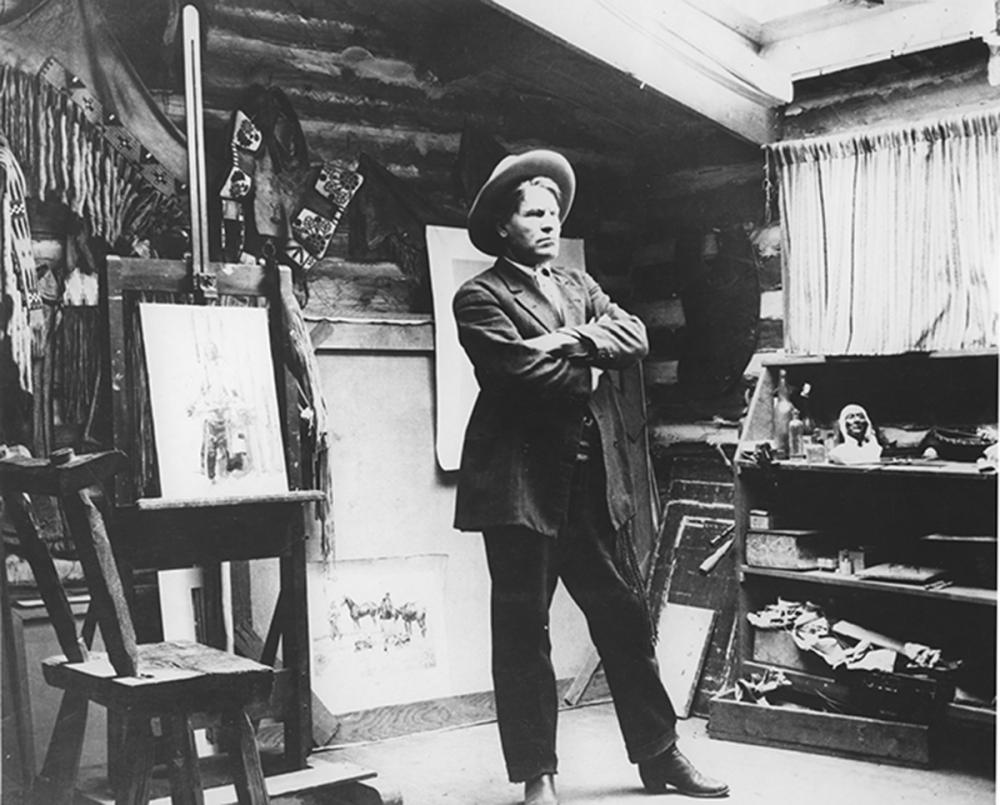
Contrary to that, Charles Russell had completely different plans for himself. From an early age, he was keenly interested in the wild West and spent countless hours reading about it. He always dreamt of becoming a fast-paced cowboy and imagined his days on the range. Even in Missouri, Russell would curiously watch the explorers and fur traders coming from the West and try to learn about them.
Talking about his academics, Charles Russell was never good at studies but considerably impressive in drawing. He would spend his time creating sketches, paintings, and making clay figures of animals.
Discovering His Inner Talent of Painting
After leaving school, a young boy from Missouri headed to Montana to live the life he had always dreamt of; however, before arriving in Montana, Charles Russell had a brief stay in Jerseyville, Illinois, where Russell learned horseriding from Colonel William H. Fulkerson, a Confederate Civil War veteran. It is also worth noting that Charles Russell learned to ride a horse on a very famous Civil War horse called “Great Britain”.

Between 1880 and 1882, Russell worked on a number of different ranches while also continuing to sketch and paint. His time on the ranch gave him adequate knowledge about the life and culture of the Old West. However, in the harsh winter of 1886 and 1887, Charles Russell, who was working as a cattle hand, discovered his inner talent for painting. The story behind his becoming a painter is also worth listening to.
If the stories are to be believed, Charles Russel was inspired to paint while working on a ranch in the Judith Basin in Central Montana. During the winter, the ranch owner would often send a letter to the ranch asking about the cattle herd. In reply to those letters, the ranch foreman would send postcard-sized watercolor paintings created by Russell.
In the painting, Russell had painted wolves watching the ranch’s cattle herd under a gray winter sky. The ranch owner was incredibly impressed with Russell’s work and showed it to his friends and business acquaintances. But that’s not all; the ranch owner displayed it at his shop in Helena, giving Russell the necessary publicity.
Charles Russell – The Artist
After the publicity by his ranch owner, Charles Russell began to come steadily. Most of Charles Russell paintings were themed the wild West. He captioned the watercolor postcard “Waiting for a chinook” and made several detailed versions of the painting in his later life.
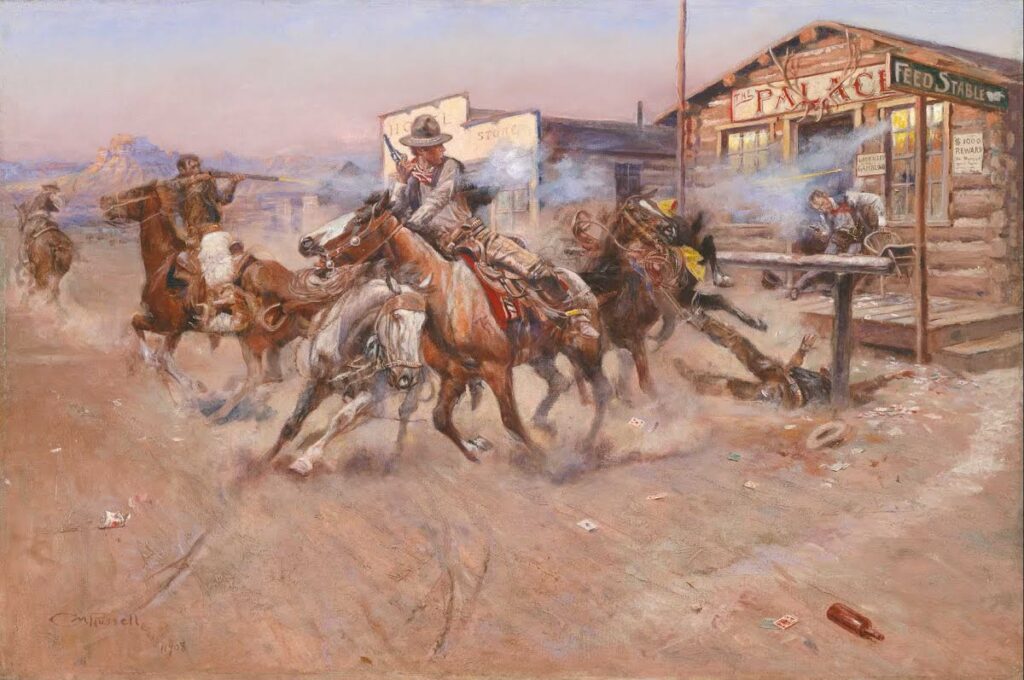
At 29, Charles Russell fulfilled his dream of becoming a cowboy and lived like a wrangler. Then, in 1893, Russell retired from working as a cowboy and finally devoted his entire time to creating paintings. Over the years, Russell created over 4000 artworks, inspired by his love for Montana and the cowboy life he had been living.
Since Russell had first-hand experience living as a cowboy, he gained immense knowledge about the West. Naturally, critics often found intricate details and key personalities of the West in Russell’s paintings. But that’s not all; Charles M. Russell also had set very high standards for all upcoming generations of West artists.
Imagined Subjects of His Paintings
Charles Russell did not only paint what he had experienced but also sought help from his imagination – Russell heavily relied on his imagination to create paintings. For instance, in his well-known artworks portraying the buffalo hunts; Russell had never experienced the event, but he had masterfully penned down his imagination onto the canvass.
Not just for paintings, Charles Russell has also been fond of using his imagination to write poems – Like, the poem titled “Myth is the Mother of Romance“.
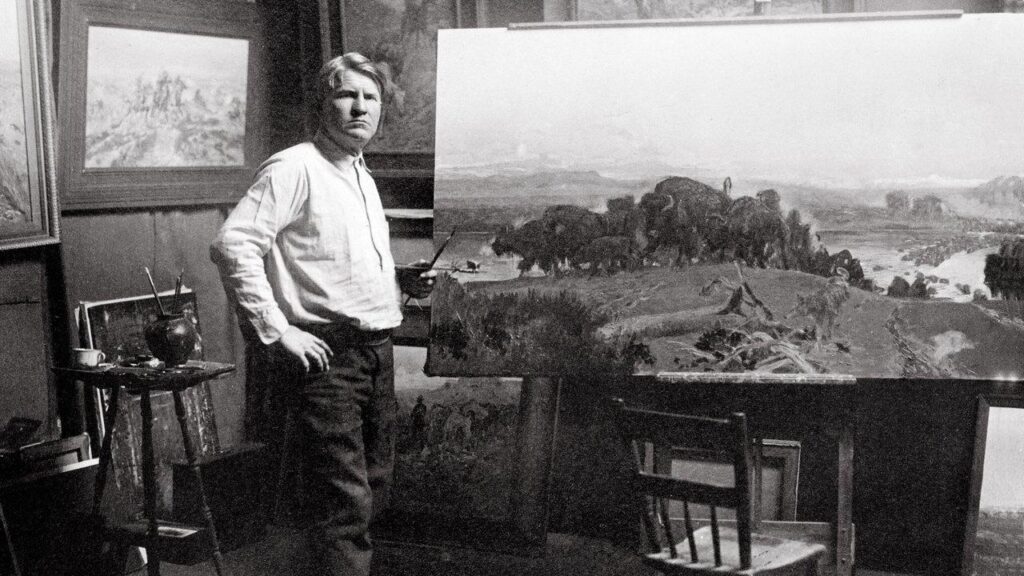
The Bottom Line
To sum up, Charles Morian Russell was one of the most famous and internationally claimed western artists. Charles was a painter, an author, a sculptor, and a cowboy poet consumed by life, nature, and freedom. But, it was not long enough; Charles had understood that all one needs to do is open their eyes and soul to see the incredible beauty of mother nature.
One of the most profitable artists of his time, Buffalo Hunt, In Without Knocking, Wagon Boss, and Jerked Down are some of Charles’ best-known paintings. On October 24, 1926, Charles M. Russell breathed his last at his home in Giant Falls, Montana. Dedicated to the cowboy artist and his art, C. M. Russell Museum Complex was inaugurated in 1900 and still houses more than 2000 of Russell’s paintings.

